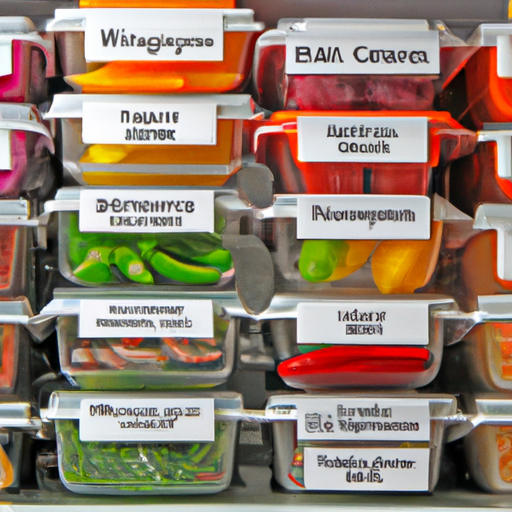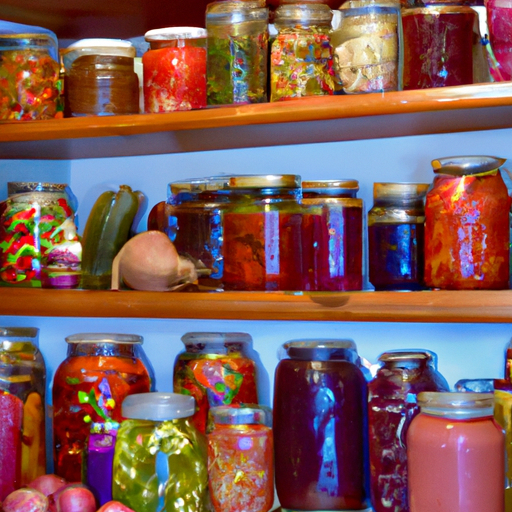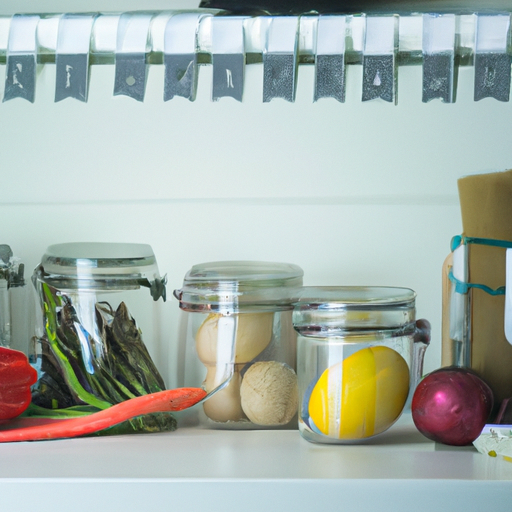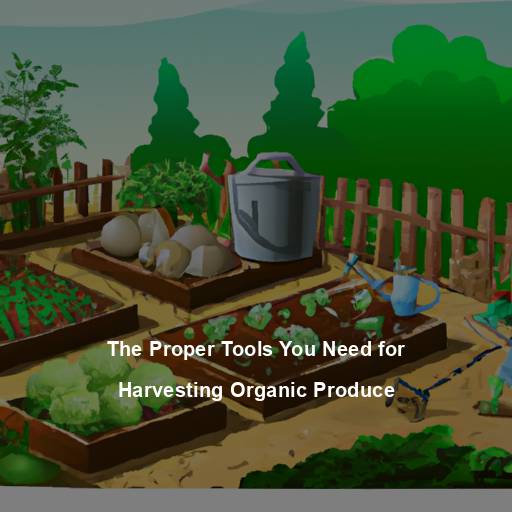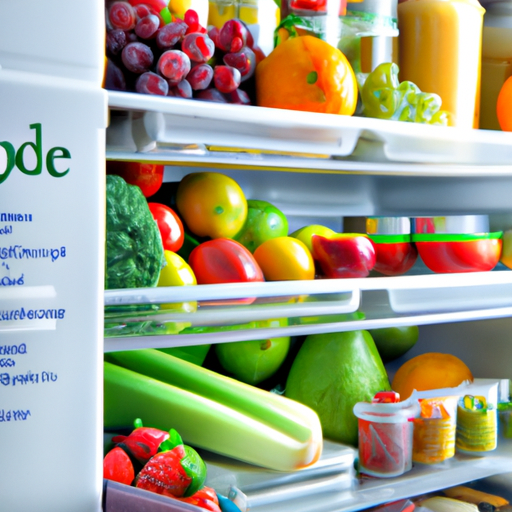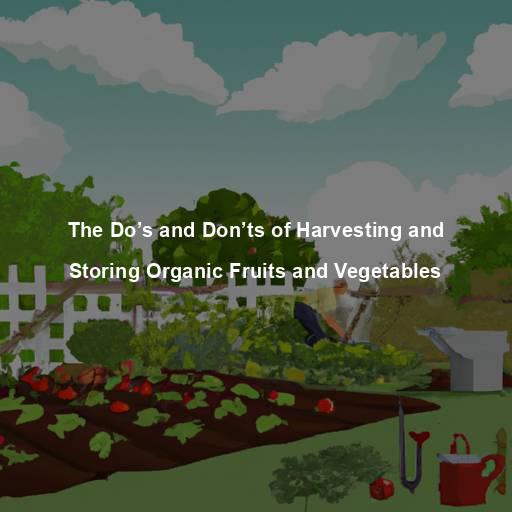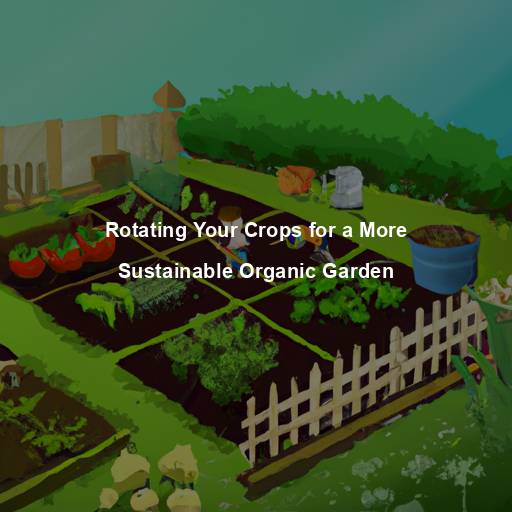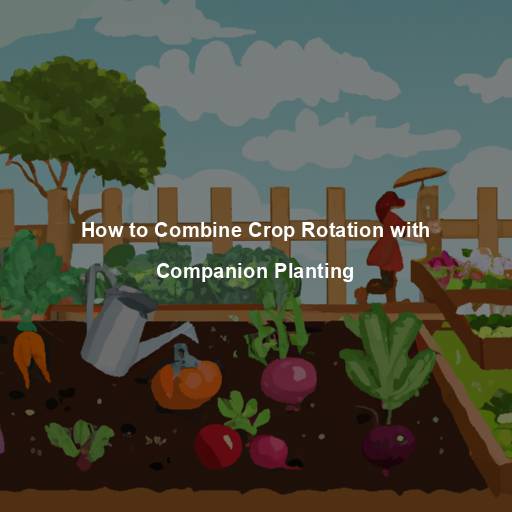The Art of Freezing Organic Produce for Maximum Shelf Life
This article shares tips on freezing organic fruits and vegetables to maximize their shelf life and maintain their quality and taste. It discusses the importance of selecting the right produce, blanching certain items, and properly preparing and storing the produce. It also addresses frequently asked questions about freezing organic produce. By following these guidelines, individuals can enjoy garden-fresh produce throughout the year without worry of spoilage or waste.
